- Umang Sagar
- Environment, Recent article
Solar System

Introduction
Most solar systems are borne of Nebulas, and the name of the nebula that gave birth to our solar system is Solar Nebula. Our solar system was formed more than 4.5 billion years ago.
The planetary formation, held together by our Sun’s gravitational field, is the system that we know as our Solar System. We have named it so because our Sun is called Sol, which is derived from the Latin term ‘solis’, and hence, most things related to the Sun have designated the name or term ‘solar’ in their names.
While we refer to our Solar System as ‘the’ Solar System, that doesn’t necessarily entail that our solar system is the only one.
There are many other solar systems than just our own.
What Are The Conditions For A System To Be Classified As A Solar System?
A solar system, mentioned before, is a formation of planets, but for this planetary formation to be classified as a ‘solar’ system, the planetary formation needs to have a sun or a similar star at the center of the system with the rest of the planets and cosmic components surrounding and revolving around it.
This is so because the clear definition of a solar system is ‘a planetary formation held together by the gravitational field of the sun or a similar star at the center of the formation.’
If we work with this definition, and then think about the millions and billions of thousands of stars that are there in our galaxy alone, we are talking about one star in five being the sun of its solar system.
In this way, we find that there exist millions of solar systems, though not much is known of them. What you have read just now is the broadest and most widely accepted condition for classifying a solar system
Can A Solar System Be Destroyed?
Of course, yes.
It is not quite well-known by people other than those who are very much invested in the sciences, but there is a law known as ‘entropy’. A law of physics that is widely observed and followed by most components of the universe, this law entails that any system can and must be destroyed. In easier terms, it means, that order will fall into disorder.
A common analogy is that of a sandcastle.
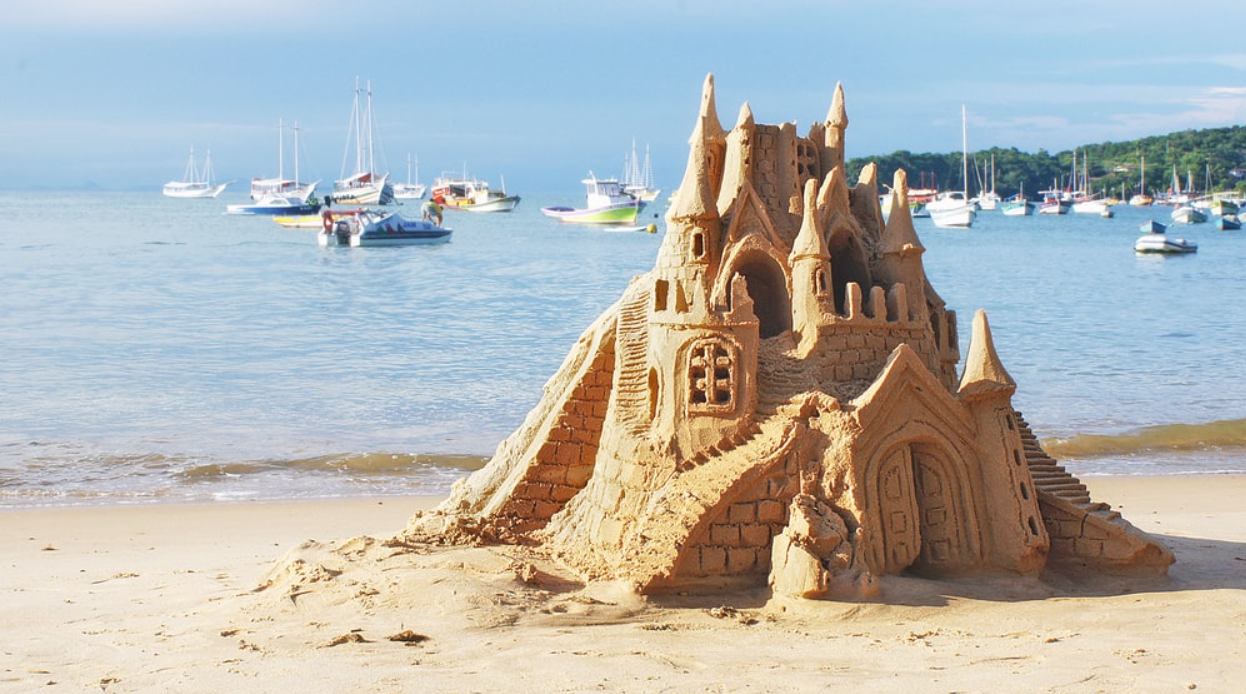
We do not know how many of you have ever constructed a sandcastle on the beach, or in the sandbox when you were younger, or in your backyard, playing with the soil. But try to imagine constructing a sandcastle on the beach, working hard on making it perfect, your masterpiece. Feel the achievement of constructing a magnificent castle out of the golden, tan sand. And then you feel despair settling in when you see the wave that is on its way to destroy your work. Even if the sandcastle is safe from the waves, when you arrive the next day, you cannot see it anymore, for the wind has destroyed it, toppled it.
This is because of entropy.
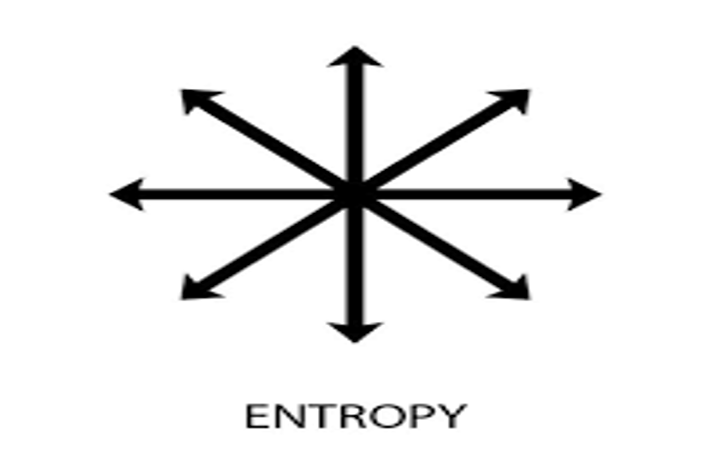
The universe sensed a concentration of energy and sent out factors to help dispel the packed energy.
But do not misunderstand. This law of entropy is also the reason why order exists in the universe. Entropy is the reason the planets and the stars and the solar systems exist, but entropy is why they have formed in the first place.
Going with this, it is the natural order that these solar systems, which are also the concentration of energies, would be destroyed sometime.
Currently, we are only aware of two ways that solar systems can be destroyed.
The Sun or the central star reaches the end of its age period as a star and explodes, forming a supernova. During this process, it would wreak havoc and destroy most of the things in its surroundings, especially the solar systems that are closer in proximity to them.
If any component of the system gets thrown into disarray like any planets being ejected or broken up in the solar system.
Interestingly, both of these scenarios would result in the formation of stars or another solar system, so once again, ironically, something is being destroyed for something else to form and take shape.
The Structure And Components Of Our Solar Systems

As mentioned before, we have already established that a Solar System is a system of cosmic components, at the center of which are stars, or the sun of that system.
A solar system, in this way, has planets, asteroids, and moons, all of which revolve around their sun.
Let us explore in brief what each component means and how they are classified.
Sun: The ‘Sun’ is the star of that solar system around which the system revolves. It is usually an orange giant, like our own Sun, but there have been some discovered solar systems around white and blue giants too. White giants and blue giants are stages of stars, near the end of the stars, a period before which the stars die in an explosion referred to as a supernova.
Planets: Planets are space rocks that have undergone millennia of chemical and physical changes to form a large, mostly spherical body with a hard, rocky core. Planets are mostly the immediate space bodies that revolve around the Sun and can be of many types. This classification will be explained in the segment od structure of our Solar System.
Moons: Moons are natural satellites. In simpler, but more detailed terms, moons are the space rocks that are captured or sucked into a larger planets’ orbit and then orbits around these planets. They are called natural satellites because satellites are bodies that orbit around a planet. Earth, our planet, has multiple artificial satellites, but only one natural satellite, which we refer to as the ‘Moon’.
Asteroids: Asteroids are space rocks that are fragments left of the formation of the solar systems. They are usually larger than pebbles, and quite often, the largest space rocks after planets and moons, though oftentimes, they can be larger than moons too. They usually orbit the sun too.
Meteoroids: Meteoroids are small space rocks that used to be a part of larger space rock, like, for example, an asteroid. Sometimes, these meteoroids are dragged into a planets’ gravitational field. On Earth, these meteoroids that enter the Earth’s atmosphere are referred to as meteors. But meteors are different from meteorites, which are fragments of meteors that aren’t completely burned up and actually manage to land on the Earth’s surface.
Comets: Another component of solar systems, these also orbit around the central sun, but instead of being space rocks, these constitute ice and dust. Since stars radiate heat and energy, the comets that revolve around the sun melt slowly. These melting trails of ice and dust look like a projection of comets and hence, are called the tail of the comets.
- These were the basic, commonly-known components of a solar system.
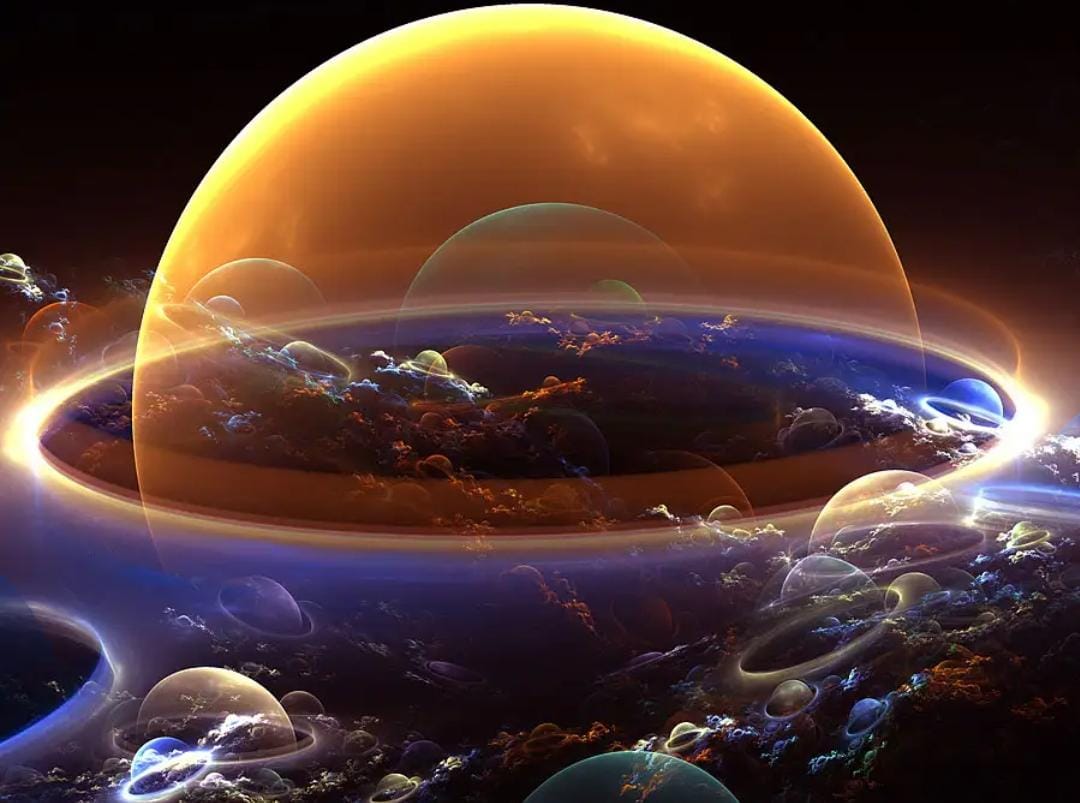
Now, let us continue onto the structure of our solar system.
Our solar system also has the same basic components that were mentioned earlier. However, our solar system is vastly more well-known and well-explored than other solar systems.
Our solar system has eight known planets and nine dwarf planets.
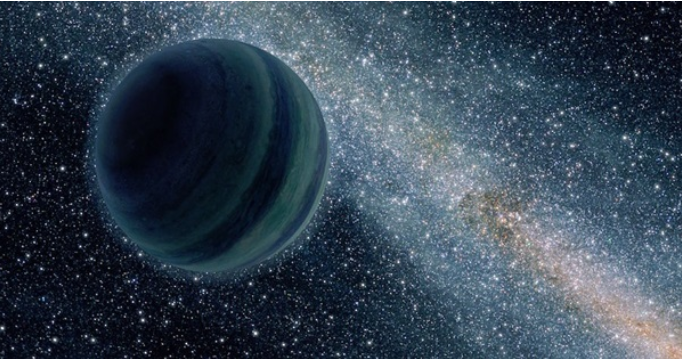
- Let us go to each component one-by-one.
Sun:-
- Our central star, which we call the ‘Sun’ (very original, yes), is an orange giant that is not very old, as compared to the galaxy. It is the main source of heat and solar energy for all the planets in our solar system.
Planets:-
- Our solar system has eight known, recognized planets. These are, in order of closest to sun to farthest from the sun;
1. Mercury
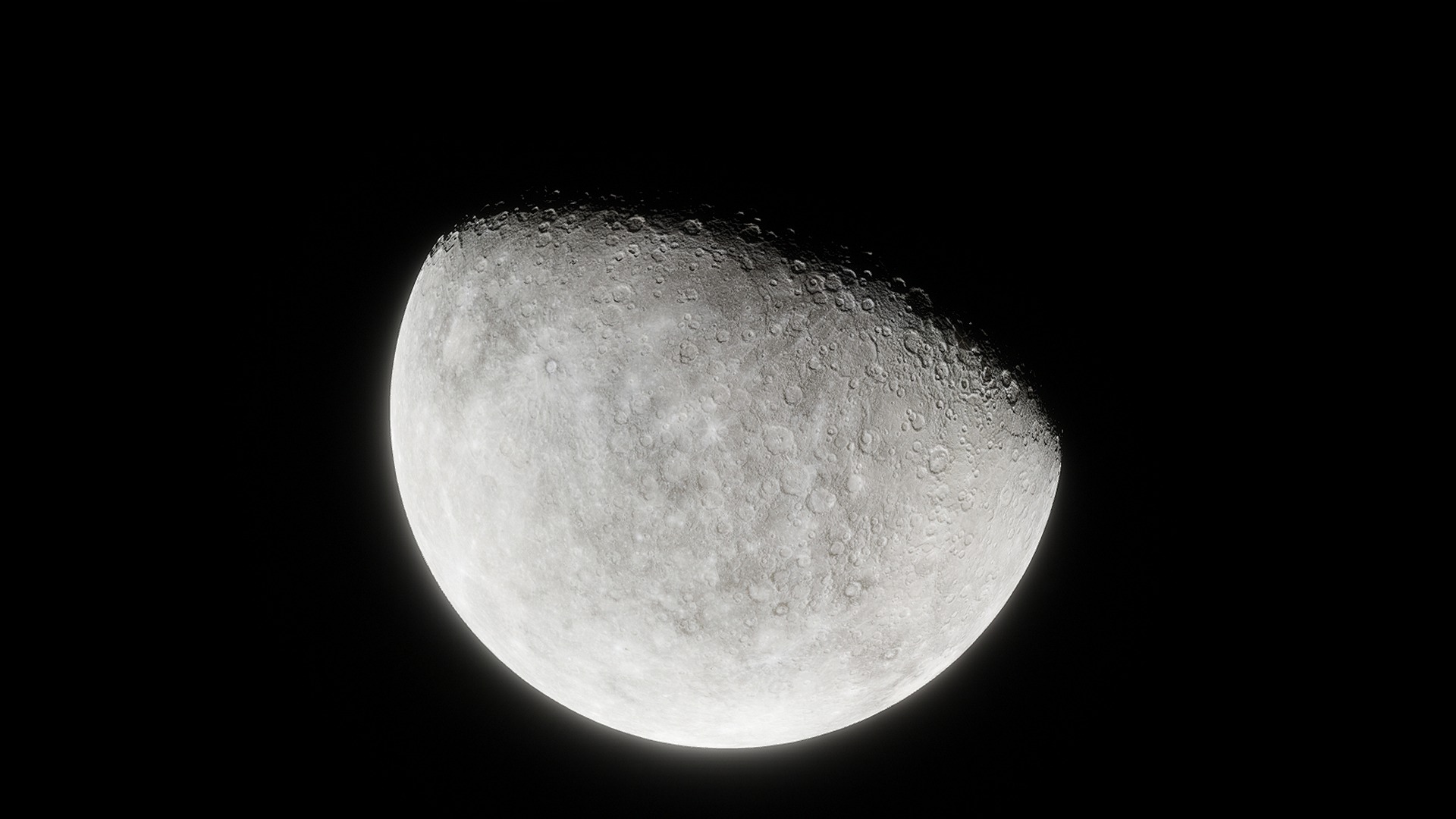
- The first planet, Mercury, is the planet that is the closest to the Sun. The smallest planet in our solar system, on rare occasions, gets very close to the Sun during its revolution and appears as a black spot. Despite being the planet closest to the Sun, it is not the hottest planet in our solar system. It is named after the Roman God of Messengers, whose Greek counterpart is Hermes.
2. Venus
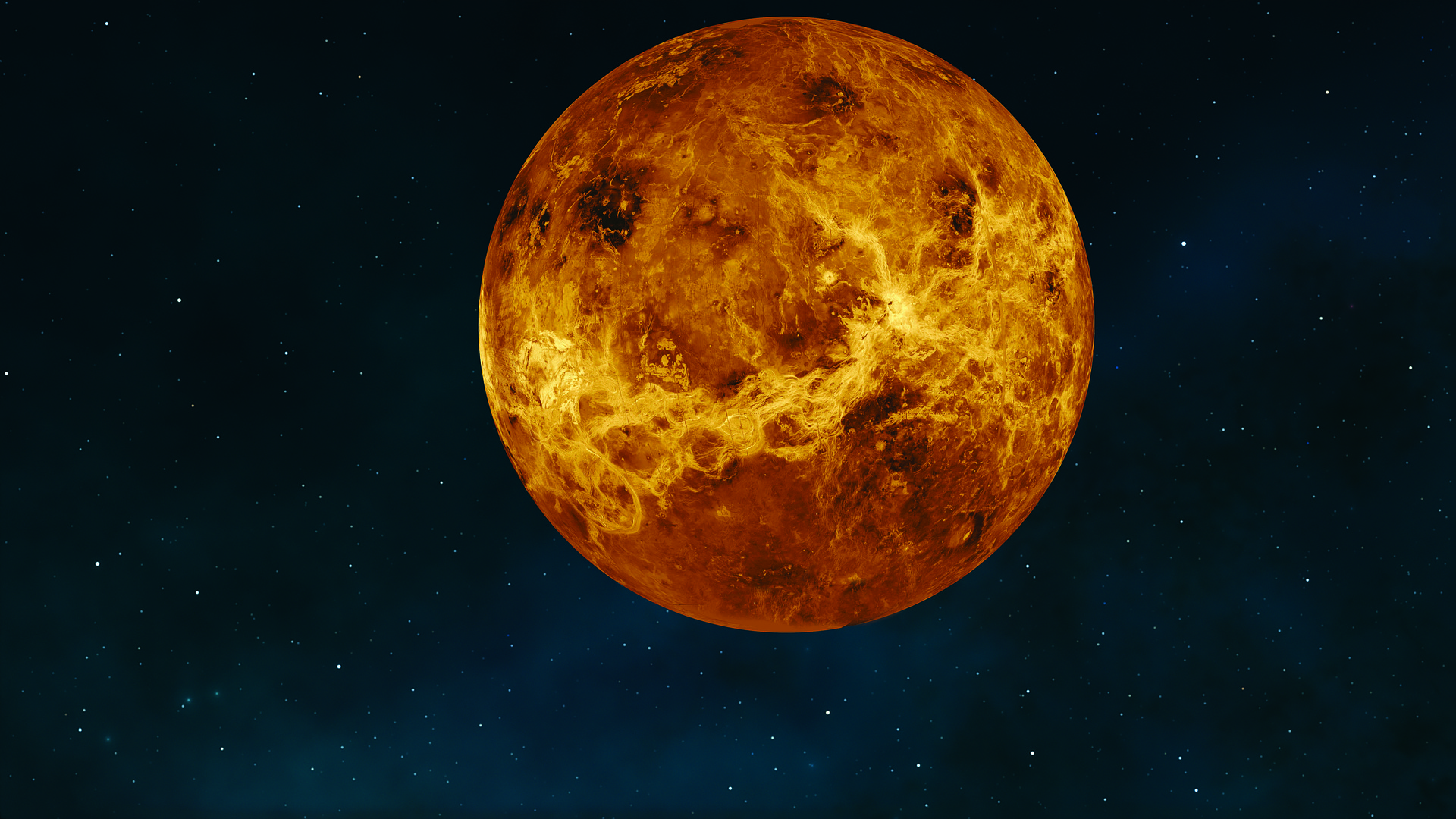
- The second planet from the Sun, for the longest time, Venus was known as the evening and morning star. Venus is the hottest planet in our solar system, the reason behind which is the fact that the planet does have an atmosphere, though not one that is quite as intricate and life-sustaining as our own. This blanket around it stops the heat from the Sun from escaping. Alongside this, it is also believed that Venus is the home of multiple poisonous gases and volcanoes that emit these deadly gases. The planet is named after the Roman goddess of love; Greek counterpart, Aphrodite.
3. Earth
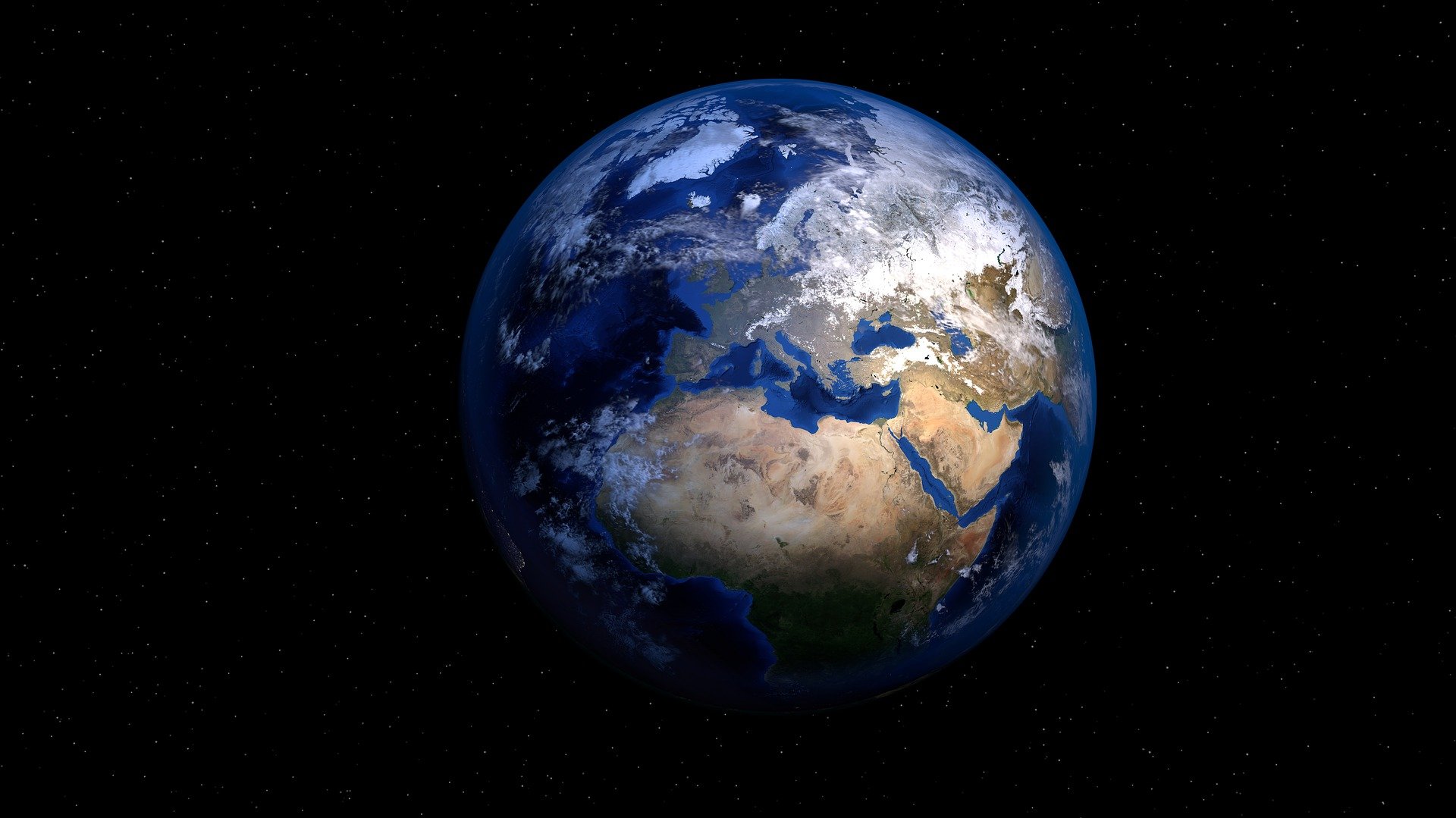
- Who doesn’t know this planet? But, for the sake of bias, let us begin. Earth is the third planet in our solar system and the only planet that has been discovered to date that is able to sustain life forms like humans and animals and plants. Alongside this, Earth is the only place with an intricate atmosphere that is as think and as capable to support life. The only planet in our solar system not named after a deity, but referred to as ‘Gaia’, who is the goddess of the Earth.
4. Mars

- The fourth planet and the last rocky planet, it is the planet that is the closest to the asteroid belt, other than Jupiter. It is known as the Red Planet for the simple reason that it looks red in space due to the high amounts of iron present on its surface. Mars is known to have captured two asteroids, believed to be from the asteroid belt, and claimed them as its moons. It is named after the Roman god of war (not the game), whose Greek counterpart is known as Ares.
5. Jupiter

- Jupiter is the biggest planet in our solar system and the first of the planets that we categorize as the ‘gas giants’. The surface of this giant planet, like the rest of the gas giants, is actually just gas and clouds and ice, with some more solid materials. There has been a storm raging on the planet for a very long time, which we can see as the giant spot on the surface of the planet. It is named after the Roman king of the gods, whose Greek name is Zeus.
6. Saturn

- Adorned with a crown the most beautiful, intricate patterns and colors of rings, Saturn is the sixth planet from the sun and the second biggest planet in the solar system. With the highest number of moons, Saturn is best known for its rings, but as a gas giant, this planet also has a surface of clouds and gases. It is named after the Roman deity, a primordial who is the father of the king of gods, Jupiter, and his brothers and sisters. The Greek counterpart of the Roman deity is Kronos.
7. Uranus
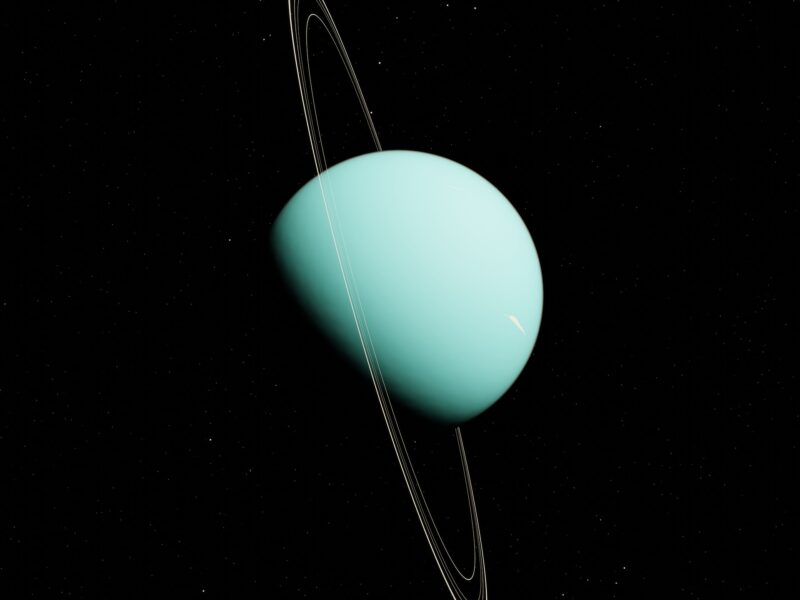
- The seventh planet from the sun and the coldest planet in our solar system, Uranus is a beautiful planet that appears blue and pink, sometimes even purple or dark blue in space. It is also known for its beautiful rings, because, even though all the gas giants have rings, after Saturn, Uranus has the most obvious ones. Fun fact, Uranus is the only planet other than Earth in the solar system that hasn’t been named after a Roman deity, but instead after the Greek primordial of the sky, Quarnus, which is also spelled as Uranus.
8. Neptune
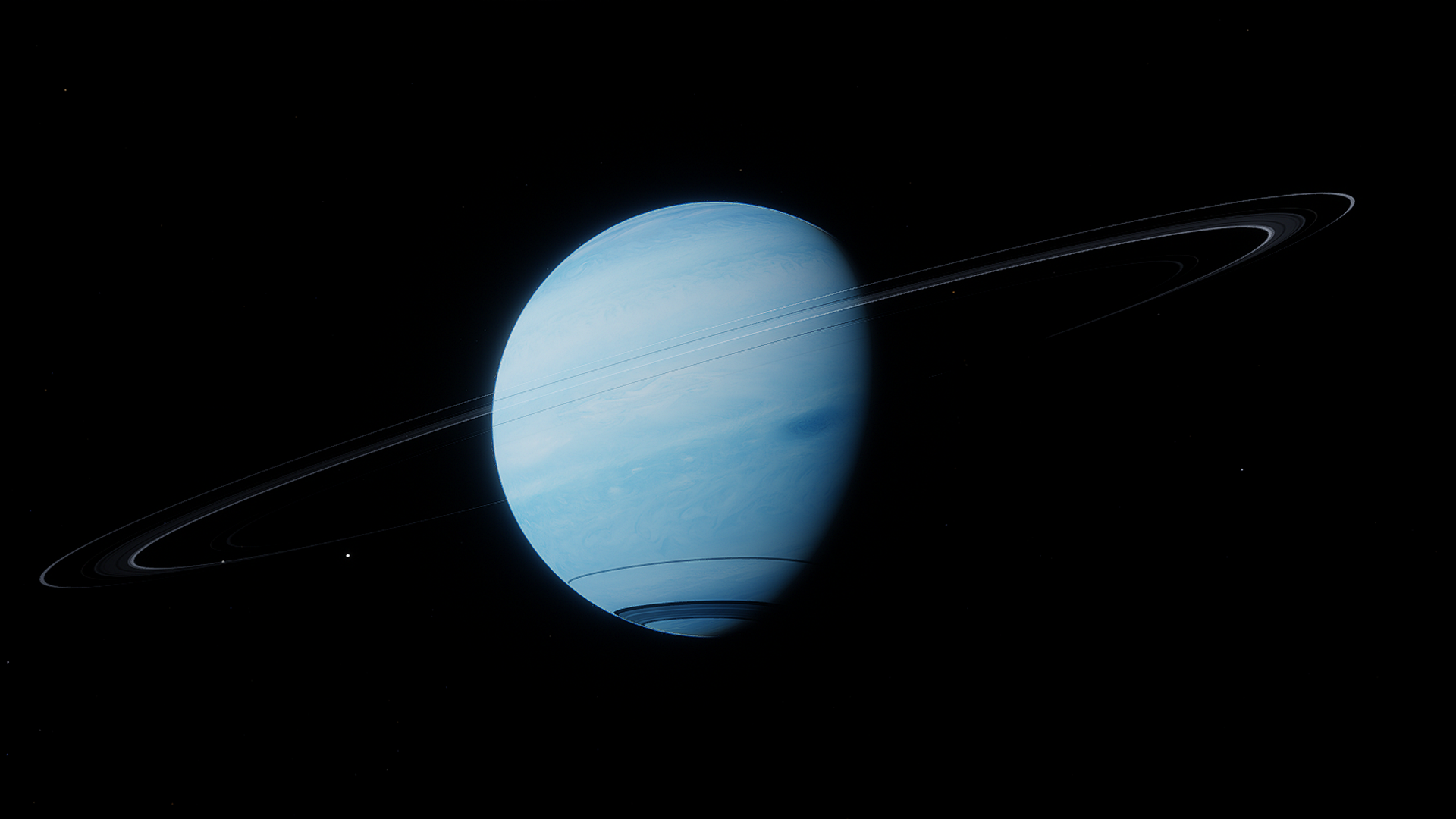
- The last planet of our solar system, named after the Roman god of the sea, known in Greek mythology as Poseidon, is known for its beautiful color and is also famous for being confused with Uranus. Neptune is the planet after which starts the Kuiper Belt. It is sometimes called Uranus’s Twin, for both the planets share many similarities. It takes the shortest time, as compared to the other planets, to finish a rotation on its axis.
The innermost planet is Mercury, which is the smallest planet in our solar system (other than the dwarf planets). It is the first of the group of planets that we collectively refer to as the ‘rocky planets’. The other three are Venus, the hottest planet in the solar system, despite not being the closest planet to the sun. The other two are Earth, our home planet, and Mars, which is also called the ‘Earth’s Twin’.
The next four planets, beginning from Jupiter, the largest planet in our solar system, are known as ‘Gas Giants’. It is so because these planets are mostly gaseous and quite big as compared to the rocky planets. Another shared trait of these planets is that they all have rings, albeit Saturn is hailed as the one with the most majestic rings in all of the solar system. These rings are made of ice, space rocks, and dust.
And then there are the dwarf planets, which are planet-like, but not recognized as a part of the official
planetary system of the eight main planets. The reason they are planet-like, but not classified as planets is because they do not fit some of the criteria that are in place for planet classification. We have quite a few recognized dwarf planets, some of which are stated below.
- Ceres
- Pluto
- Eris
- 50000 Quaoar
- 225088 Gonggong

Moons: Once again, as explained earlier, most planets have natural satellites which we call the moons. Sometimes, even some larger asteroids have small moons. While Earth has only one moon, Venus and Mercury don’t even have one, while Jupiter is swarmed by moons. There are records that Jupiter has up to 80 moons! Saturn isn’t far ahead, with 82 known moons.
Asteroids: Most of our solar system’s asteroids are concentrated in the ‘Asteroid Belt’, a region between the planets Jupiter and Mars. The asteroid belt also helps serve to divide the rocky planets and gas giants, which is quite helpful for remembering the classification.
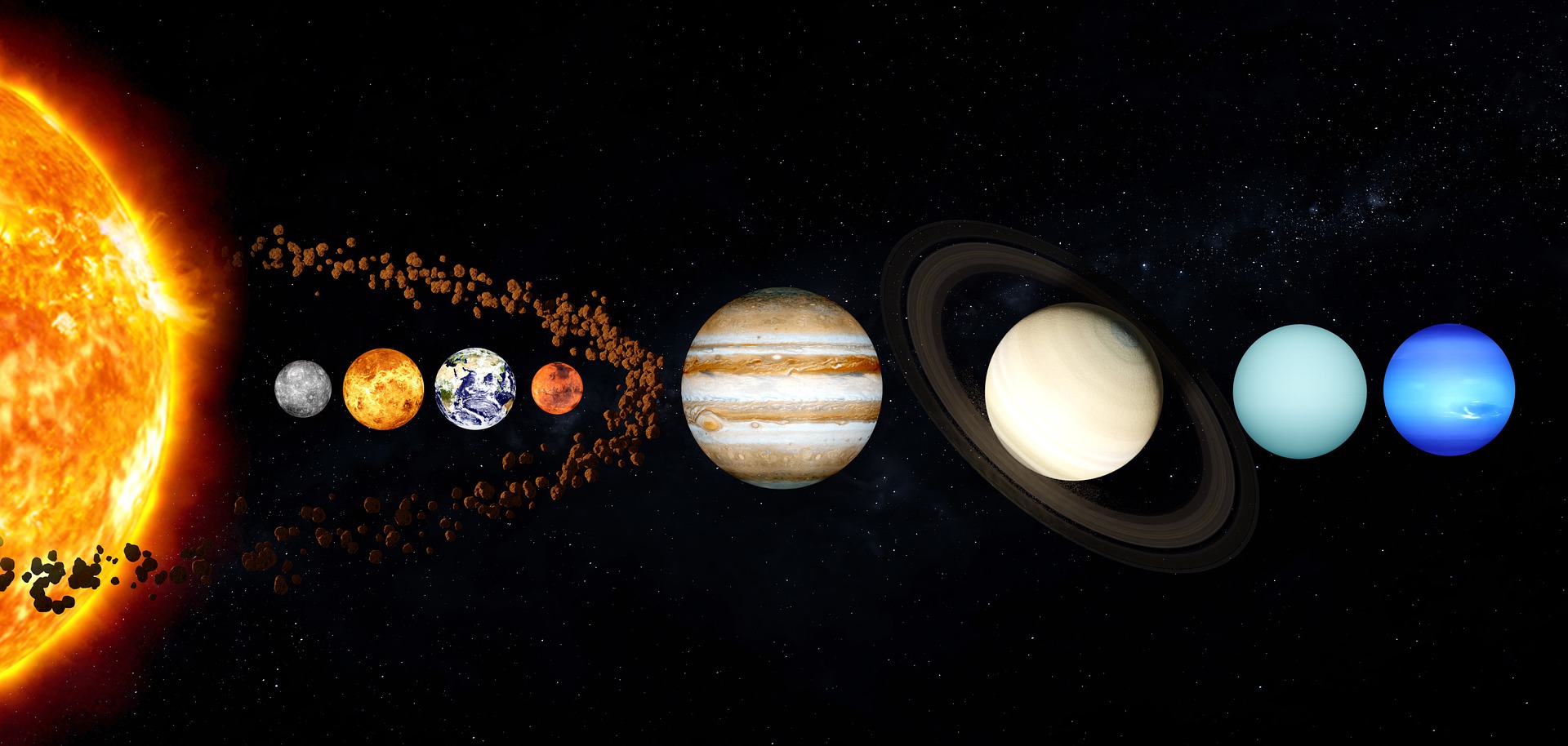
- To help remember the earlier distinction between meteors, meteorites, and meteoroids, see below.
1. Meteoroids are space rocks that are fragments are asteroids and other, larger rocks.
2. Meteors are meteoroids when they enter the Earth’s atmosphere.
3. Meteorites are pieces of meteors that do not burn up completely and manage to land on the planet’s surface.
After Neptune, there is an icy region that has been designated the name of ‘Kuiper Belt’.
It is believed that one of Neptune’s moons, known as ‘Triton’, used to be a part of the Kuiper Belt.
Beyond this icy region is the farthest region of the known solar system which is called the Oort Cloud. It is the region of the solar system that is farthest from the Sun and was discovered in the mid-twentieth century, in 1950, by Jan Oort.
Comets: Our solar system has many comets, some of which are believed to come from the Kuiper Belt and the Oort Cloud. Some of the known comets are given below.
- 109P/Swift-Turtle; It takes this comet more than 130 years to complete one orbit around the sun.
- On the flip side of the coin, 21P/Glacobini-Zinner takes 6.5 years to orbit around the sun.
- Comet Halley is most of the most well-known comets ever.
- P/Shoemaker-Levy 9 is also a famous comet that is known for being caught up in Jupiter’s gravitational field and then crashing into it.
Mythology And Its Role In Our Solar System
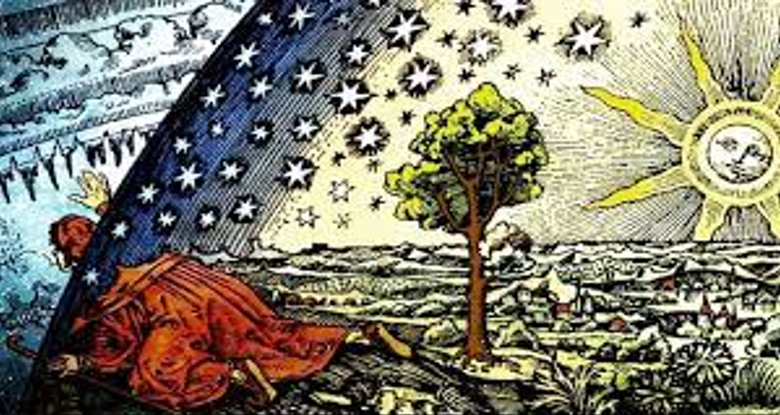
Ptolemy is a common name many of you might have come across, especially those of you who are interested in literature and history. One of the lesser-known facts about him, well, as far as general awareness goes, many people do not believe at first that it was Ptolemy who gave the idea about Earth being the centre of the universe and every other planet, star, and sun revolving around it. This idea persisted until the 15th century, when Copernicus proposed and discovered, alongside the findings of Galileo and Newton, that the Earth wasn’t even the centre of the solar system, much less the universe.
The names of almost all planets and moons are after the Latin and Greek gods. A common example is Jupiter, who was the King of Gods, lightning, and thunder in the Roman mythologies. Other than Earth, all the planets of the solar system, are named after gods and deities. Even the moons Phobos and Deimos, are named after deities who were the sons of the War God, Mars, which is the name of the planet these moons orbit.
The names of the constellations, which are actually patterns of stars in our atmosphere, are deeply influenced by our mythologies. Names like Orion, Andromeda, Pledias are all related to mythologies.
Additionally, it is different for each region on Earth. The name for the Great Bear constellation is The Big Dipper. But in India, it is called Saptrishi, for it is made up of 7 stars and has a different myth behind its formation.
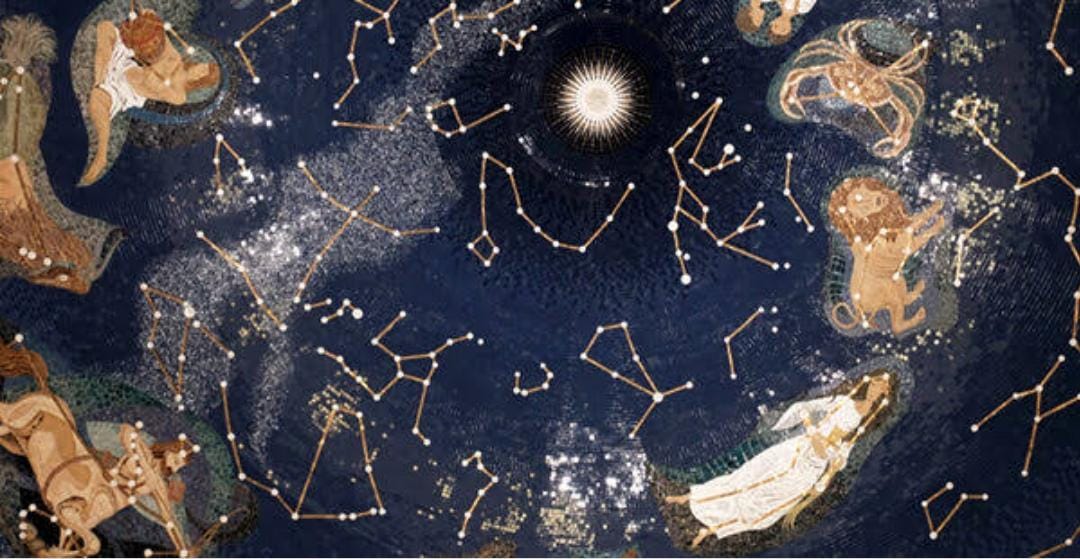
- Because of these examples, it becomes glaringly obvious that mythologies and solar systems, and space, in general, are very deeply connected with human beliefs and myths.
Top 13 Interesting Facts About Solar System
It was believed that our planet Earth was the centre of the Solar System (the universe, as it was believed at the time) and that the rest of the planets and the Sun used to revolve around it.
It is believed by some that another planet used to exist in our solar system, known as the Phaeton, which was located between Mars and Jupiter but it was destroyed and has now formed the asteroid belt.
Our Solar System is located in the Orion arm of our galaxy, which is known as the Milky Way galaxy.
Other than the 8 known planets and 9 known dwarf planets, there are approximately 800,000 minor, unknown planets.
Since the arms of our galaxy continuously move, it takes our Solar System up to 250 million years to complete one revolution around the centre of our galaxy.
We cannot land on the Gas Giants, because their surfaces are clouds and gaseous material. The rocky part of these planets is their cores.
Hydrogen can exist in a solid form. It is better referred to as ‘metallic’ hydrogen. This metallic hydrogen exists naturally only on the Gas Giants and nowhere else in our known solar system.
Scientists have found that some planets in a solar system may be able to survive the destruction of their suns. This theory has been attributed due to evidence of a planet still orbiting around a white dwarf star, which means that the planet survived the death of the star.
Venus and Uranus are the only two planets that orbit the Sun from east to west. Uranus is unique even amongst that because it rotates on its sides.
Pluto’s moon, Charon is so big that it makes Pluto wobble. Though, in the dwarf planet’s defence, Pluto’s surface area is quite small. Even Russian has more surface area than Pluto!
Mars does have water on its surface! The two poles of the planet are covered in ice and it is ventured that Mars could very well be inhabitable.
Other than the Earth, the planets Mars and Venus also have atmospheres, albeit they are of different compositions. This presence of the atmosphere is the reason why Venus is the hottest planet in our Solar System.
Hypothetically, the Oort Cloud area should be the coldest region in our Solar System because it is the farthest from the Sun but even though a few satellites have passed through them and are set to pass through too, not much is still known about it.




